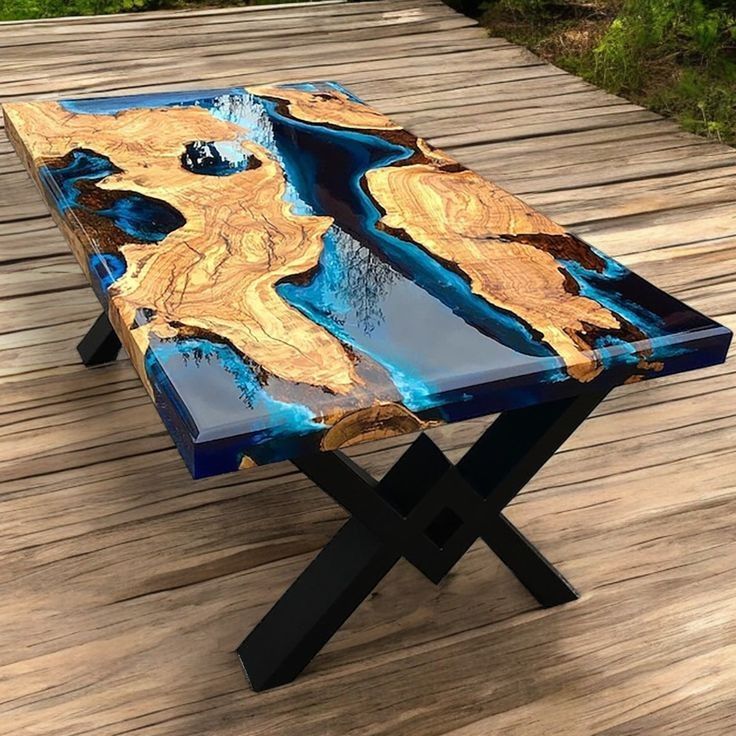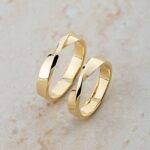The world of art and craft has been taken over by resin. It has a glossy surface, is versatile, and useful in capturing the most complex details, which is why it is popular with creators of all kinds. Regardless of the level of experience or the beginnings of your crafting career, resin provides an unlimited amount of expression. It is not surprising that so many people are attracted to this medium because of its peculiarities and impressive final results.
Think about the possibility to fill the colorful molds with vibrant colors or produce a piece of jewelry that reflects the light and makes it so astonishing at the same time. Resin can be used to make everything, starting with the functional ones such as coasters and tables and also decorative art pieces that can be used to make any space livelier. Going further into what makes resin this attractive material in terms of using it in art work, you will find out why it has turned into a favorite material in the studio of people worldwide. Strap in; creativity awaits!
What is resin and how is it used?
Resin is a universal material which has become extremely popular within the art and craft fraternity. It is a synthetic material that is usually available in two components; resin and hardener. With each other mixed, they undergo a chemical reaction that converts them into solid form.
Resin is frequently used by the artists to make beautiful jewelry, coasters, sculptures, and even furniture. Its polished surface boosts colors and depth of art.
Moreover, objects such as flowers or photographs can be enclosed with the help of resin and kept in a gorgeous state over the years. The curing time also depends on the type of one used but in most cases, it takes several hours to days.
Having a possibility to imitate glass or produce some unusual texture, resin presents a limitless source of creativity. You can pour it into molds or put down pigments, in any case, every project is a chance to express yourself.
Advantages of using resin in art and craft projects
Resin is an interesting combination of both aesthetic and practical qualities to artists and crafters. Its smooth surface adds colors to give a deep color effect which is attractive. This characteristic can make resin a good material in jewelry, coasters as well as artwork.
Another important benefit is the resin durability. After treatment, it becomes hard and water resistant making sure your works are timeless. The outdoor and indoor projects are not prone to wear and tear.
Resin also comes out as versatile. It is adaptable to pigments, glitters or even embedded objects such as flowers or photographs to make each piece a one of a kind. The possibilities are literally unlimited.
Also, the use of resin can be interrelated with creativity in terms of experimentation. Artists can also experiment with various methods like overlaying or marbling in order to get a particular effect in their work. This medium is a medium that welcomes innovation!
Different types of resin and their unique properties
It is necessary to realize that not all resins are the same when entering the realm of resin. The various types have their own characteristic to your art and craft projects.
Epoxy resin is among the most favored resin amongst artists. It heals crystal clear and provides excellent longevity and is therefore suitable in jewelry or tabletops. It has a shiny finish which makes it look professional.
Polyester resin, however, is commonly preferred on bigger pieces because of its cost effectiveness. It is not as versatile as epoxy, but with dyes can give vibrant color effects.
Then there is UV resin–the quick project one! This kind dries within minutes in ultraviolet light meaning that creators can produce work more quickly and still not compromise quality.
Acrylic resin has high bonding characteristics and multi-purpose. Artists like the convenience with which acrylics mix with pigments and are not opaque.
It is another word that opens up a new frontier of creativity in the resin type.
Inspiration for creative resin projects
The resin projects allow a creative world. The opportunities are more or less infinite, and are only restrained by your imagination.
Think about designing gorgeous coasters. You may put in dry flowers, glitter or little photographs. Every composition narrates itself.
Another promising direction is jewelry production. Molds have the ability to create original pendants and earrings which shine in color and depth.
Resin art canvases provide a colorful alternative to wall art to those interested in decorating their home. The effects of swirling of colors in the medium are mesmerizing.
Consider utilitarian objects as well! The trays or the keychains made of resin combine style and functionality, so they make an excellent present to a friend or a family.
Resin techniques can be used to transform even furniture. Flowing River tables are perfect because they make any living room be lifted easily.
The creativity is up to you, feel free to push the limits and take on these concepts as you discover, and have fun with the entire artistic experience!
Alternatives to resin in art and craft
There are a number of materials that may present some outstanding advantages when considering substitutions to resin in art and craft projects. Polymer clay is one of the most popular. This flexible material is able to be shaped into a form of several shapes and baked in order to produce a lasting finish. It works well to create complex designs or miniature sculptures.
The other alternative is the epoxy putty, which has good adhesive qualities and is perfect when it comes to repairing or making a texture on a surface. It dries fast and it does not take a lot of time to cure and so artists are able to work with a lot of efficiency.
Acrylic pours are also available to people who want to paint but want to create the same glossy look that resin art typically provides. Even with paint mixed with pouring mediums alone you can produce beautiful abstract paintings.
Wood lovers may incline towards wood finishes such as oils or varnishes that make wood look more beautiful but also give it protection.
Ecofriendly available alternatives are bio-resins which are produced using plant substances. They do not cause environmental concerns and still maintain some of the aesthetic qualities of traditional resins.
Finally, the choice to use resin or its substitutes is more or less in the objectives of your project and personal preferences. Both of the options can bring something of value to your artistic pathway.
















